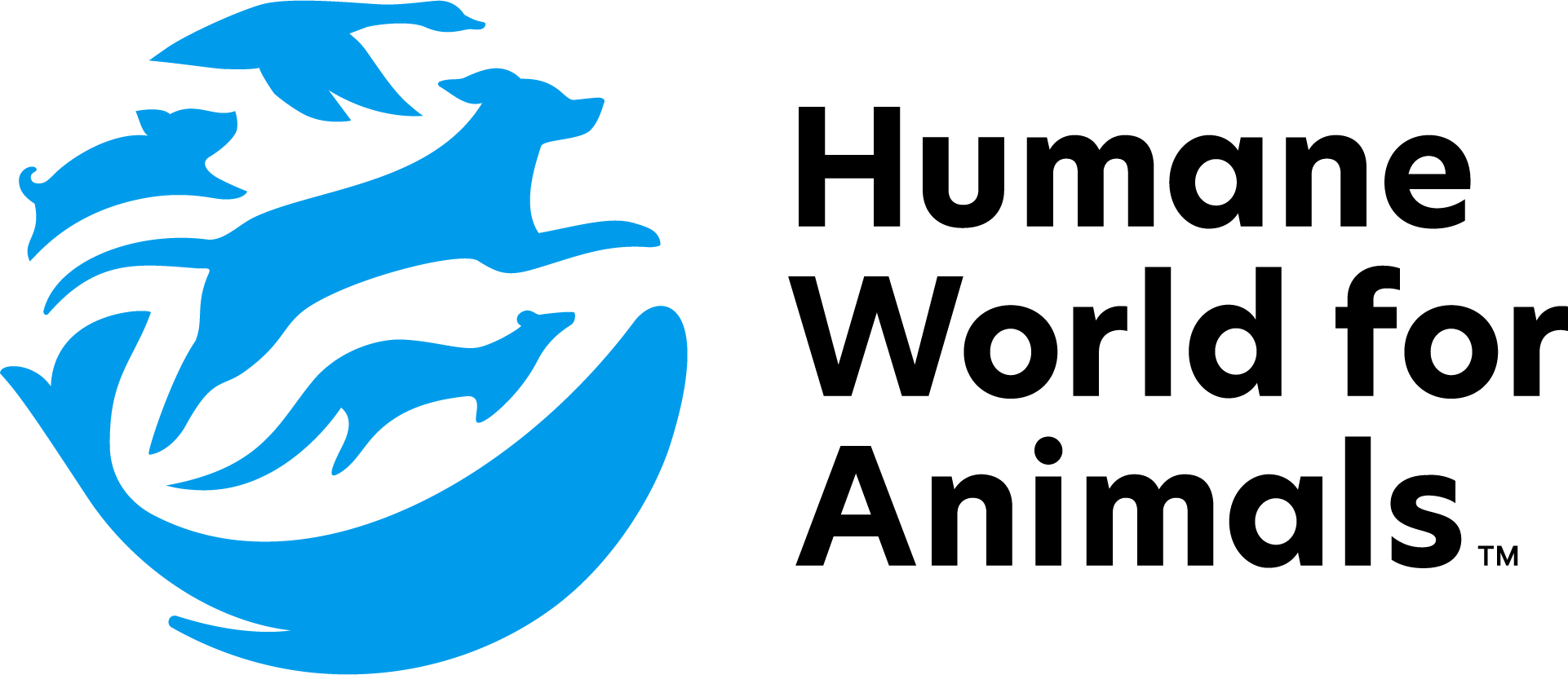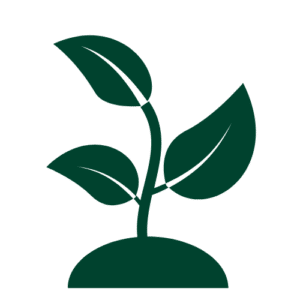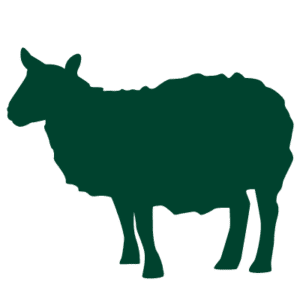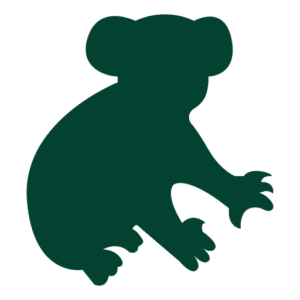Phillip Holden and Halina Kaufman are the owners of Carramar, a property situated in Terreel, 15kms north of Stroud, New South Wales. Carramar is surrounded by native bushland and wildlife sanctuaries are located behind and beside the property. The property is a wildlife sanctuary also used for wildlife rehabilitation and education. Owners Philip and Halina, would like to use Carramar to educate on the topics of food security, permaculture, land regeneration and looking after ecosystems. They intend to create a sanctuary for nature and educate people who come to help maintain the land and permaculture growing systems, learn about land management with workshops and planting days and help in their nursery to propagate trees food, vegetables and natives. Philip and Halina are also members of Landcare.
Carramar spans 46 hectares. 15-20 per cent of the property is undulating sloping terrain and 20 acres of scrub has been cleared with younger trees and pioneer species shading the land. The whole property’s water catchment runs into two seasonal creeks from the peak of the large hill and the land is bounded by ridgelines which slope into the valley of the property.
The property contains various vegetation classes such as Wet Sclerophyll Forests including plant community types of Northern Hinterland Tallowwood-Brush Box Wet Forest, Lower North White Mahogany-Spotted Gum Moist Forest, Lower North Spotted Gum-Mahogany-Ironbark Sheltered Forest and Northern Hinterland White Mahogany Moist Grassy Forest, Dry Sclerophyll Forest such as Lower North Foothills Ironbark, Hunter Coast Lowland Flats Damp Forest and Rainforest including Northern Hinterland Baloghia-Dendrocnide Subtropical Rainforest, Northern Hinterland Shatterwood Dry Rainforest and Lower North Waterhousea Riparian Rainforest. The native plant life of the sanctuary is diverse due to the various microclimates created by different ecosystems and includes native flora species such as Eucalyptus spp. like spotted red gum (Corymbia maculata), mahogany (Eucalyptus resinifera) and ironbark as well as Acacia spp. and staghorns (Platycerium sp.).
The property provides habitat for a range of wildlife species including goannas (Varanus sp.), koalas (Phascolarctos cinereus) sugar gliders (Petaurus breviceps), wallabies and all types of birds.



